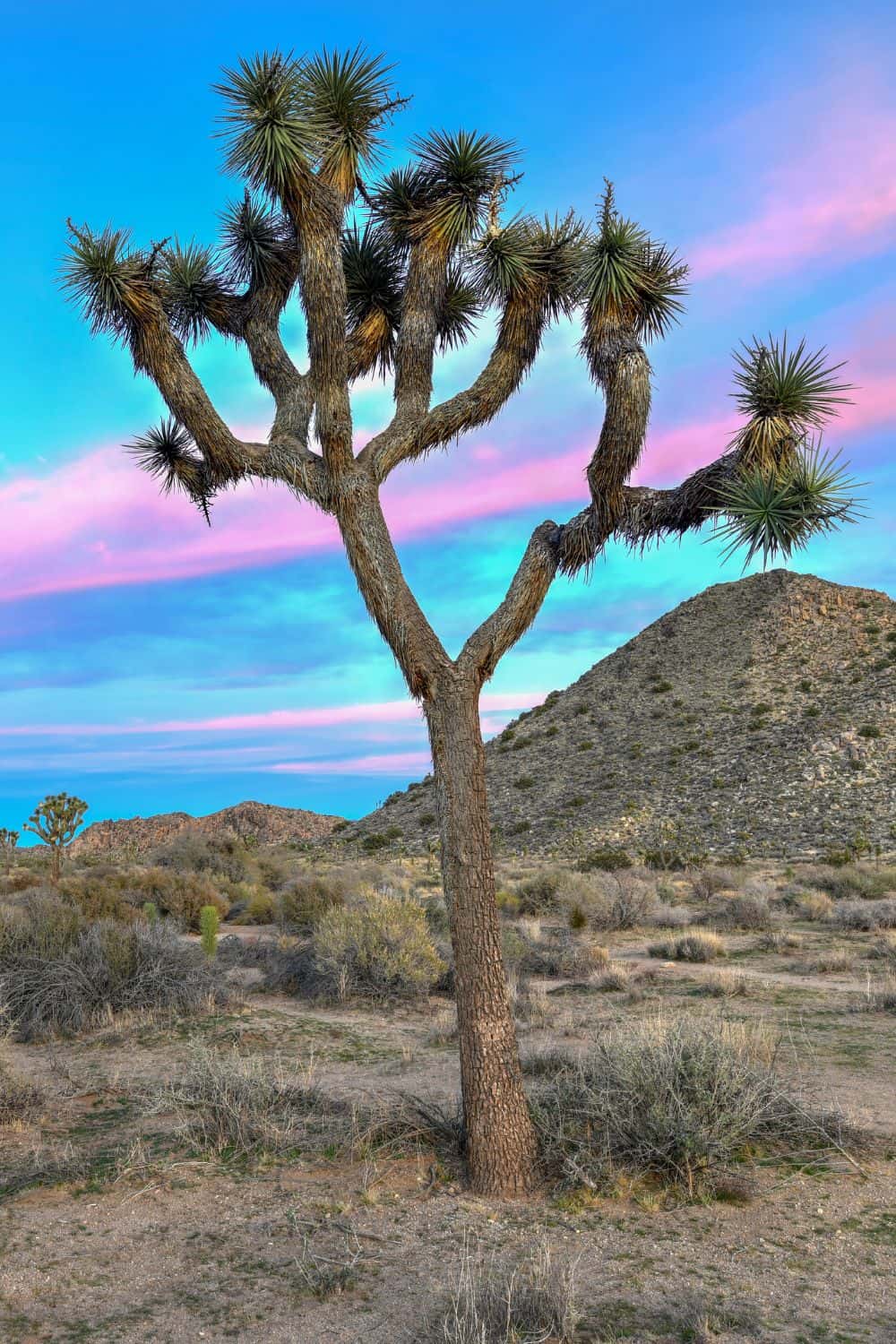
Joshua Tree National Park is a stunning desert wilderness located in southern California. The park is known for its unique rock formations, stunning vistas, and its namesake tree, the Joshua tree. But beyond its natural beauty, Joshua Tree National Park also has a rich and fascinating history.
The area that is now Joshua Tree National Park has been inhabited by humans for thousands of years. Archaeologists have found evidence of Native American settlements in the area dating back over 10,000 years. These early inhabitants relied on the area’s natural resources, such as the desert plants and animals, for their survival.
In the 1800s, European settlers began to move into the area, attracted by the availability of land and the potential for mining. Many of these settlers were drawn to the area because of its rich deposits of gold, silver, and other precious metals. They established mining towns throughout the region, including the town of Joshua Tree, which was founded in 1880.
During the early 1900s, the area that is now Joshua Tree National Park began to attract artists and writers who were drawn to its stark beauty and unique landscapes. These artists and writers, known as the “desert rats,” helped to popularize the area and bring attention to its natural beauty. One of the most famous “desert rats” was author and environmentalist Edward Abbey, who wrote about the area in his book “Desert Solitaire.”
In the 1930s, the federal government began to take an interest in the area’s natural beauty and unique landscapes. The Civilian Conservation Corps (CCC) was established as part of President Franklin D. Roosevelt’s New Deal program to provide jobs for unemployed Americans during the Great Depression. The CCC was tasked with creating parks and other recreational areas throughout the country, and in 1936, they began work on what would become Joshua Tree National Monument.
The CCC’s work in Joshua Tree National Monument included the construction of roads, trails, and buildings, as well as the installation of water and sewer systems. They also built several park facilities, including the Oasis Visitor Center and the Keys Ranch, which is now a historic site.
In 1994, Joshua Tree National Monument was designated as a national park. Today, the park covers over 790,000 acres and attracts over 3 million visitors each year. The park is managed by the National Park Service, which is responsible for preserving the park’s natural and cultural resources.
One of the most iconic features of Joshua Tree National Park is its namesake tree, the Joshua tree. These trees are actually a type of yucca plant that is native to the Mojave Desert. The trees can live for hundreds of years and are often found in clusters throughout the park.
Another important feature of Joshua Tree National Park is its rock formations. The park is home to some of the most unique and dramatic rock formations in the world, including the famous Skull Rock and the massive boulder piles of Hidden Valley. These formations were created over millions of years of geological activity, including erosion and the shifting of tectonic plates.
The park is also home to several historic sites, including the Keys Ranch. The Keys Ranch was established in the early 1900s by William and Francis Keys, who built a ranch in the remote desert area. The ranch was self-sufficient and included a school, a post office, and even a hydroelectric generator. Today, visitors can take a guided tour of the ranch and learn about life in the remote desert during the early 1900s.
In addition to its natural beauty and historic sites, Joshua Tree National Park also has a rich cultural history. The park is home to several Native American tribes, including the Chemehuevi and the Serrano.
Related posts:
Joshua Tree National Park California is one of the best places to see the beautiful red rock mountains and the great diversity of wildlife. It is also home to a number of California's indigenous species. Some of these species are protected so you can...
Joshua Tree National Park is one of the most popular national parks in California, known for its unique and stunning landscapes. The park is home to over 800 miles of hiking trails, ranging from easy strolls to strenuous hikes. In this arti...
Joshua Tree National Park, located in Southern California, is a unique and beautiful destination for camping and outdoor recreation. The park is named after its iconic Joshua trees, a type of yucca plant that is found only in this region. I...
Joshua Tree National Park is an expansive protected area within California. It is characterized by stark, rugged desert landscapes and rocky, rock formations. Named after the region's prickly, twisted Joshua trees, it straddles both the Colorado Dese...
Joshua Tree National Park is a unique and stunning destination for hikers of all skill levels. Located in Southern California, this national park covers over 790,000 acres and is home to a diverse array of flora and fauna, stunning geological for...
Joshua Tree National Park is an expansive protected area within Southern California. It is characterized by rocky, volcanic rock formations and harsh desert landscapes. Named for the area's prickly, curly-edged Joshua trees, the park surrounds the ma...